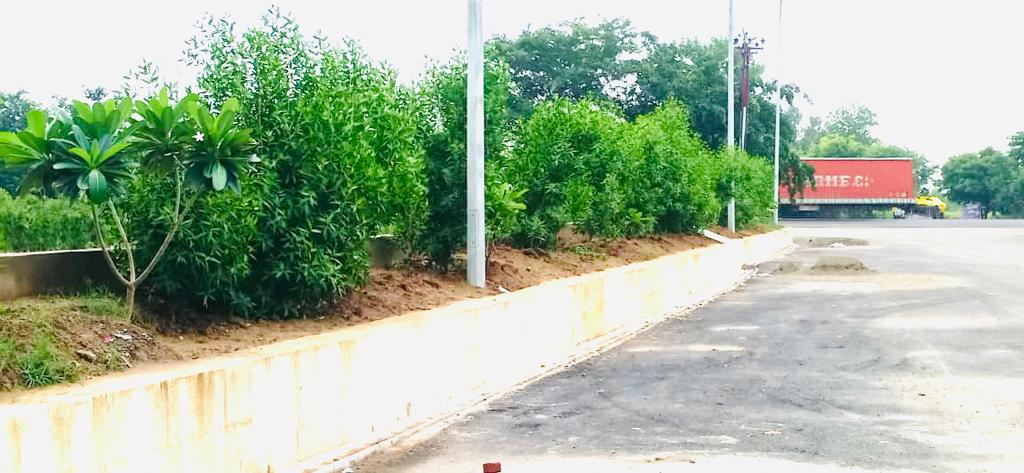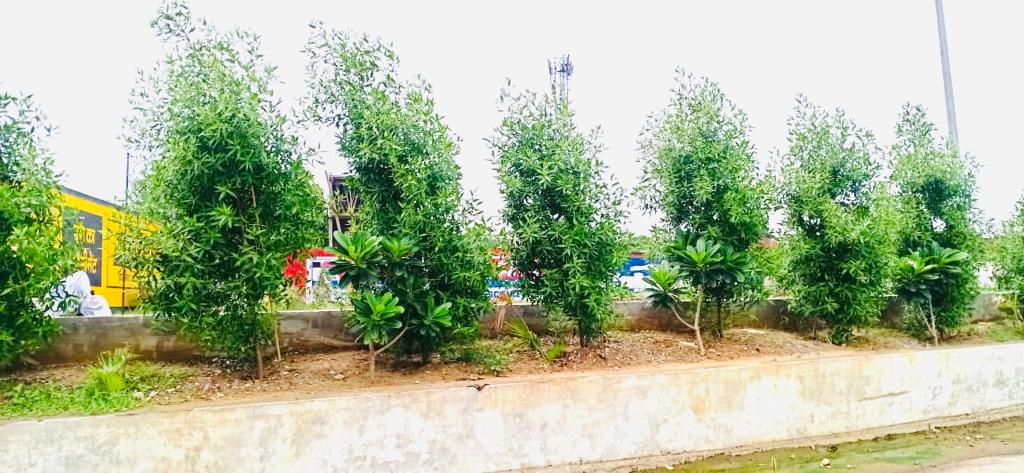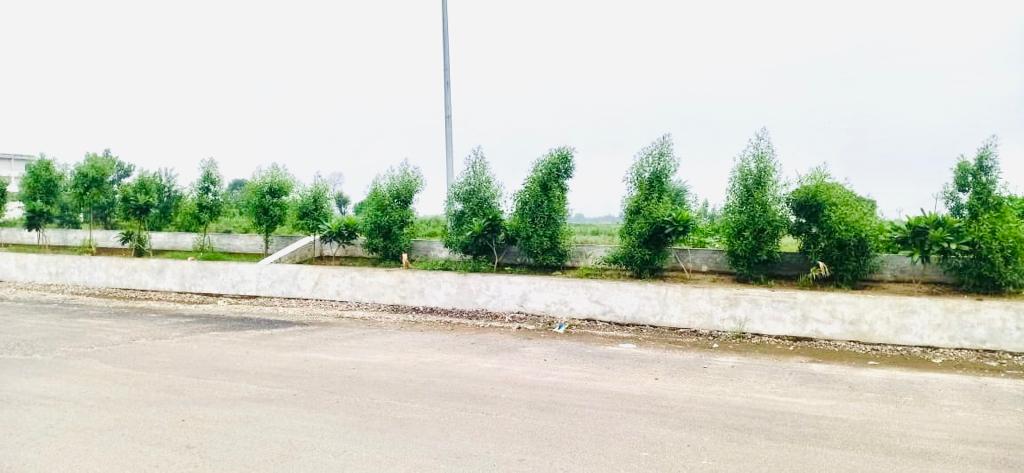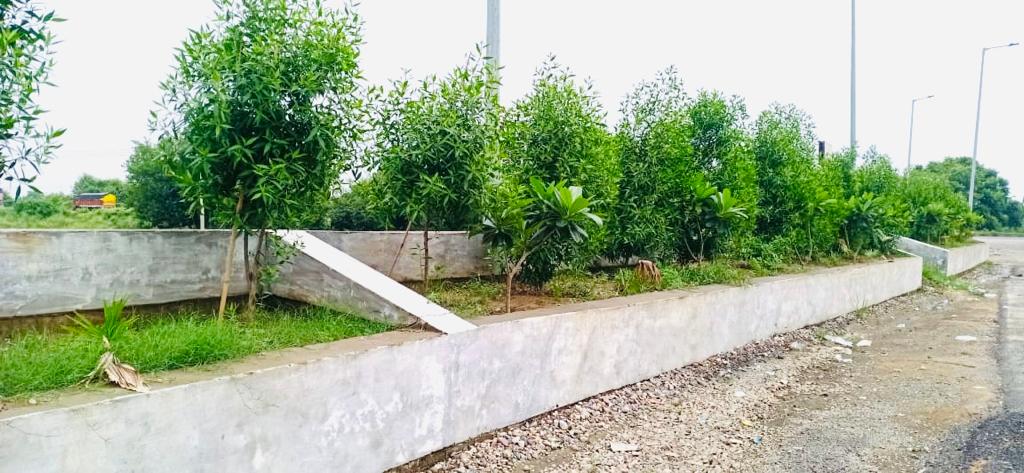-
बरेली महायोजना 2031

-
रामगंगा नगर आवासीय योजना में वर्ष 2004 से 2010 की अवधि में आवंटित किये गये भूखण्डों के आवंटियों से मा0 न्यायालय आदि के निर्णय से अर्जन मद में हुई रू0-1811.00 प्रति वर्गमी0 की वृद्धि को प्राप्त किये जाने के संबंध में।

-
रामगंगा नगर आवासीय परियोजना के विस्तार हेतु ग्राम कचौली, अहरोला, नवदिया झादा, वालीपुर अहमदपुर, मोहनपुर उर्फ रामनगर, इटौआ बेनीराम एवं कन्थरी की भूमि क्रय करने हेतु प्रस्तावित भूमि का विवरण।

BAREILLY - SNIPPETS FROM THE PAST

The development of the cith was accelerated in 1657, when the faujidar of Bareilly was Mukrand Rai. He is credited to have built the new city of Bareilly by clearning out the sal forest. The Mahalla Makrandpur Sarkar was named after him and that of Alamgiriganj after Aurangzeb Alamgir. The Muhallas of Beharipur, Malukpur and Qazi Tola were also founded by him. He also built the Jama Masjid and a large fort where the Qilla Police Station is situated.
From Archaeological point of view, the district of Bareilly is very rich. The extensive remains of Ahichhatra, the capital town of ancient Northern Panchala have been discovered near Ramnagar Village of Anola Tehsil in the district. It was during the first excavations at Ahichhatra (1940-44) that the painted grey ware, associated with the advent of the Aryans in the Ganga Yamuna Valley, was recognised for the first time in the earliest levels of the site. Nearly 5000 coins belonging to the periods earlier than that of Guptas have been yielded from Ahichhatra. It has also been one of the richest sites in India from the point of view of the total yield of terracotas.
LOCATION, AREA AND BOUNDARIES
The district of Bareilly lies between Lat.28º 1' & 28º 54' N and Long. 78º 58' & 79º 47' E, running over a distance of about 60 miles from North to South and about 47 miles from East to West, and covering an area of approximately 1578 square miles. The Municipal Corporation covers an area of 10.573 square kms.(as per 1999 census). The Northern boundary of the district is contiguous with that of Nainital district, on the East lies the district of Pilibhit and on the South-East, Shahajahanpur district. On the South and South-West, it is bounded by the district of Badaun, the Ramganga river forming the natural boundary between the two districts for about 19 miles. On the West lies the district of Rampur.
POPULATION
As per the 1999 census, the population of the district is 28,34,616 comprising of about 54% male population and 46% females. The literacy percentage of the district is about 26%.
SUB-DIVISIONS, TEHSILS AND THANAS
The district comprises of the six sub-divisions of Anola, Baheri, Bareilly, Faridpur, Nawabganj and Meerganj, each forming the Tehsil of the same name. For purposes of Police Administration, there are 21 Thanas (Police Stations) in the district-tehsil. Bareilly having 9 of them, of which 5 are located in the Bareilly city. There are 4 police stations in Tehsil Anola, 3 in Tehsil Baheri, 3 in Tehsil Faridpur and 2 in Tehsil Nawabganj.
RIVER SYSTEMS AND WATER RESOURCES
The main river of the district, the Ramganga river, flows from the West to the South-East, separating Tehsil Anola from the rest of the district. The other rivers - the Siddha, the Dojora, the Bahgul (west), the Sankha, the Deoranian and the Nakatia, and their tributaries, which mostly rise in the Tarai, generally run through the district in Southern and South-Eastern direction to join the Ramganga river.
TEMPERATURE AND CLIMATE
The temperature of the district fluctuates from a maximum of 44ºC in the months of May-June to a low of 4ºC during the cool months of Dec-Jan. The climate of the district is influenced by its proximity to the hills and the tarai swamps in the north. Although the air is dry in summers, it contains moisture during the rest of the year. The district goes through a cycle of four seasons, during the year. The cool winters from December to February, followed by the warm summers which continue till about the middle of June, relief from the heat coming in the form of the South-West monsoons, ushering during the rainy season which lasts till the end of September. October and November constitute the post-monsoon season.
















